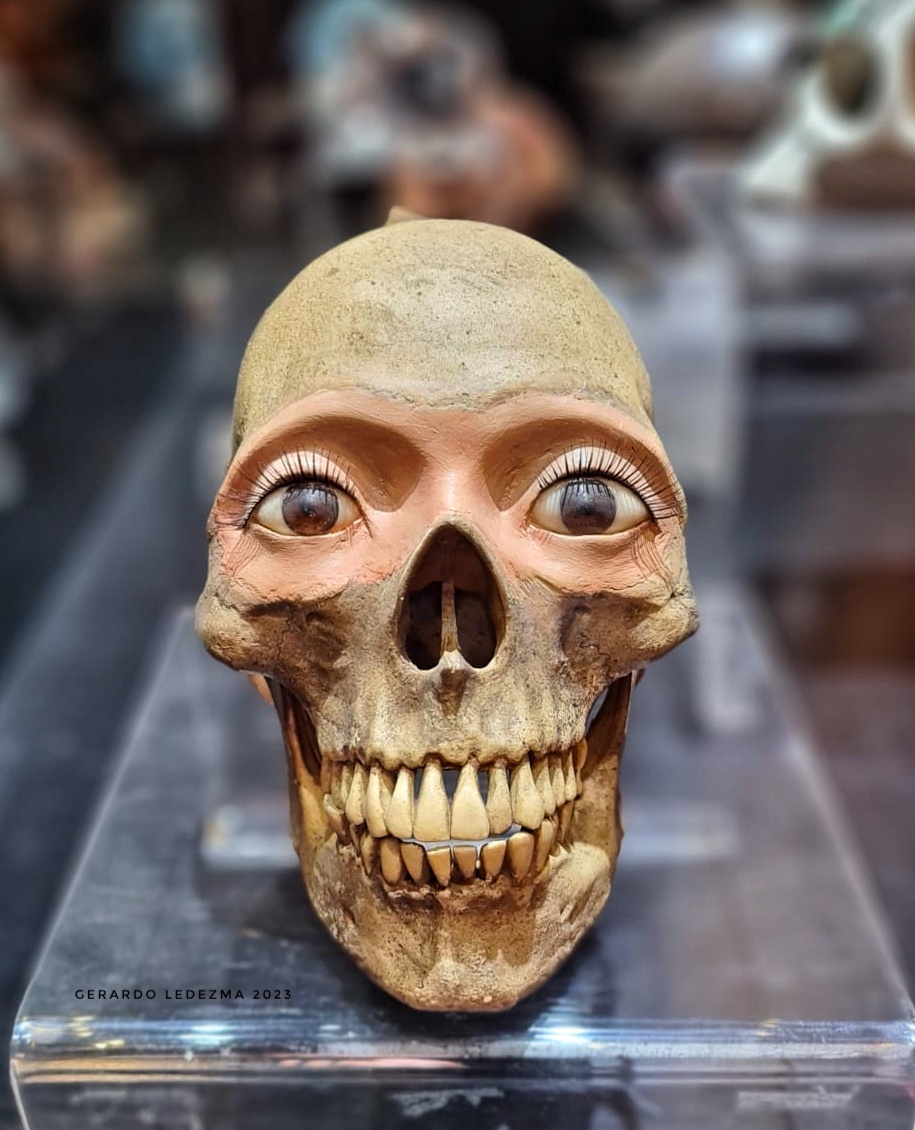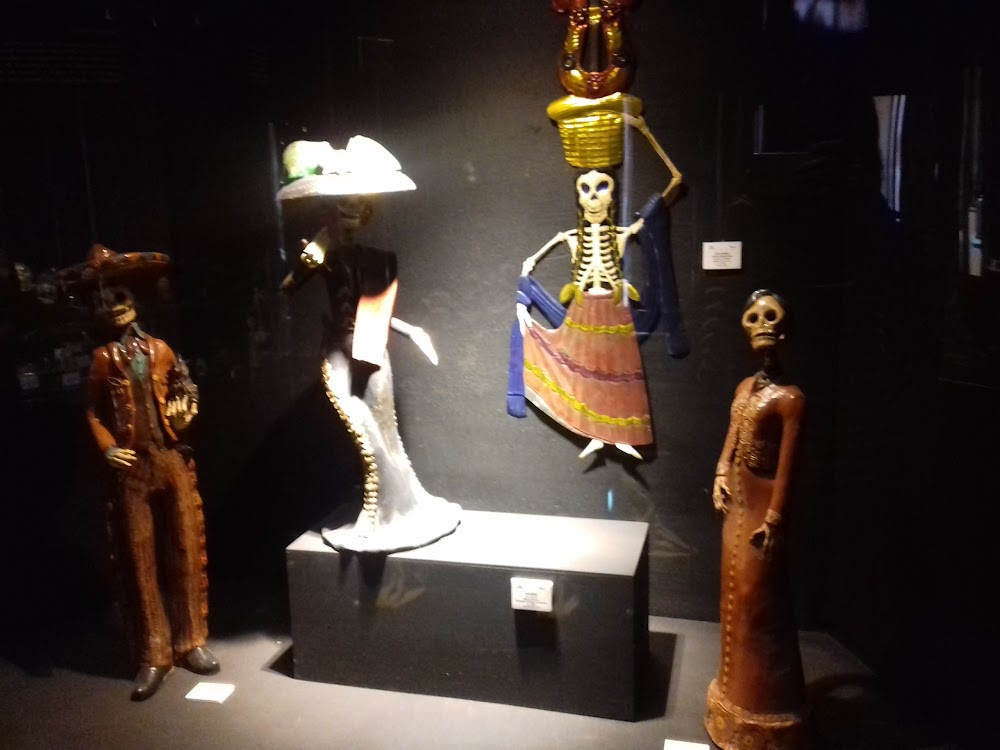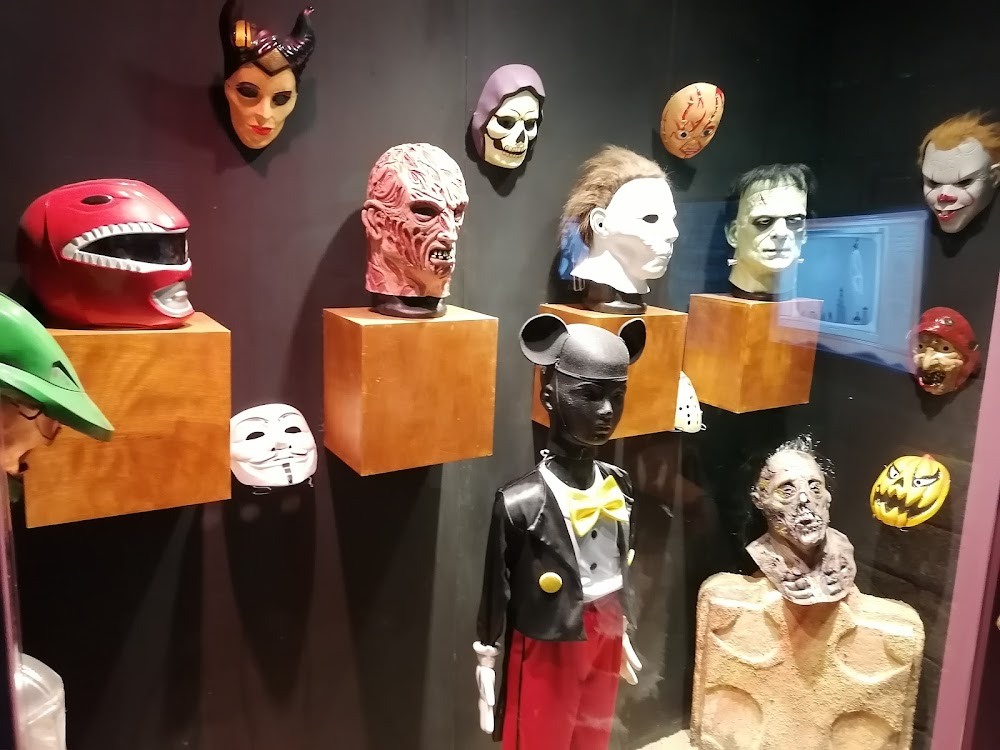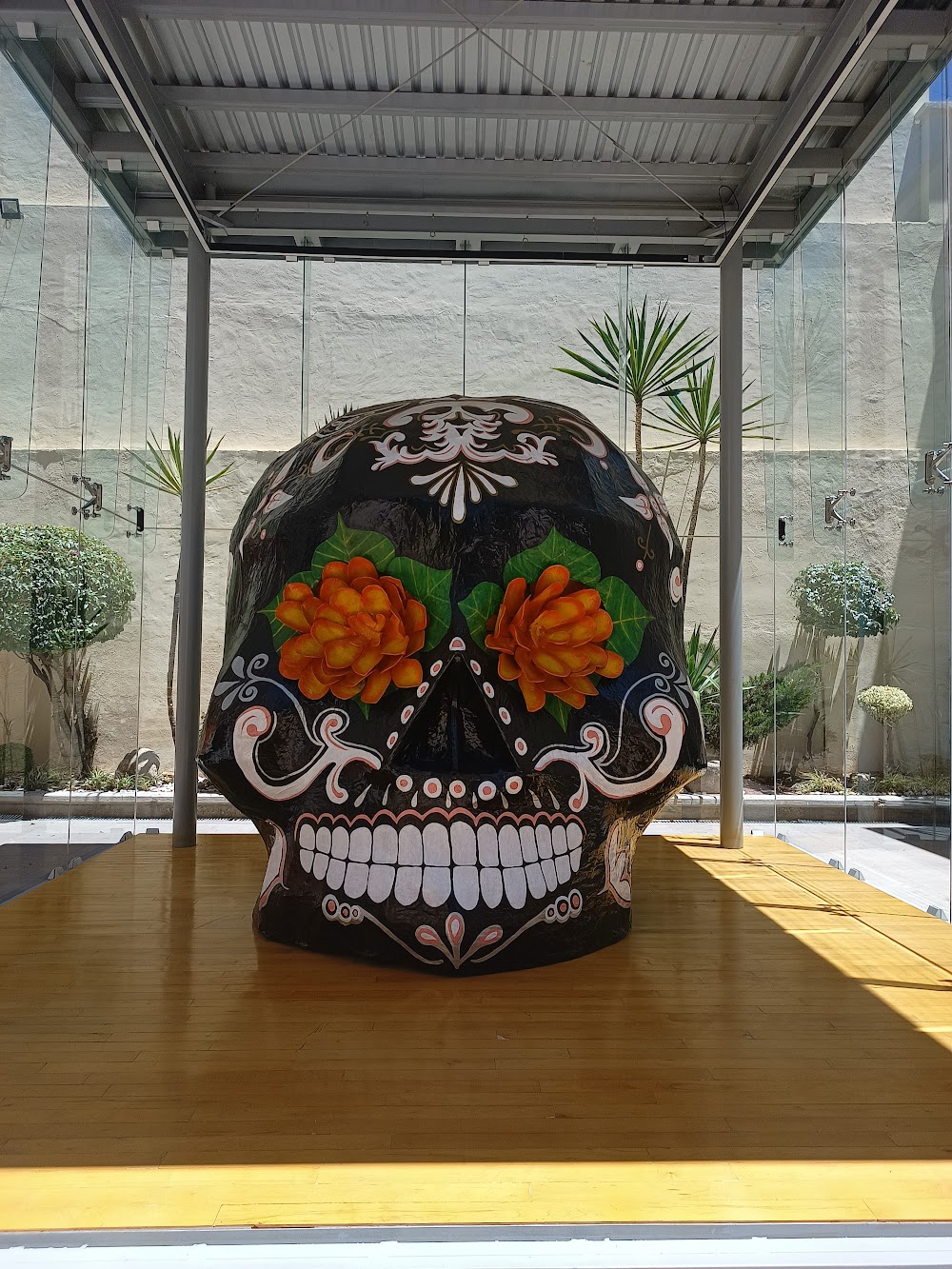National Museum of Death (Museo Nacional de la Muerte)
Overview
The National Museum of Death, located in the vibrant city of Aguascalientes, Mexico, offers a captivating exploration of the cultural significance of death throughout history and across various societies. Established by the Autonomous University of Aguascalientes (UAA), this unique institution celebrates and preserves Mexican customs, particularly the Day of the Dead (Día de los Muertos). It serves as an educational haven for visitors eager to learn about this essential aspect of Mexican heritage.
First opened to the public in 2007, the museum was conceived as a hub for showcasing diverse artistic and cultural expressions related to death. Its creation is part of a broader initiative by the UAA to promote the arts and humanities in the region. The museum boasts an impressive collection that ranges from pre-Hispanic funerary art and colonial-era artifacts to contemporary artistic interpretations of death.
A central theme of the National Museum of Death is the understanding of death as an integral part of Mexico's cultural identity, rather than a simple conclusion. The Day of the Dead tradition—with its vibrant offerings, intricate altars, and colorful skulls (calaveras)—provides a rich thematic foundation for the museum's exhibits. The carefully curated collections illustrate the various ways death has been perceived, ritualized, and artistically represented across different eras and contexts.
The museum is housed in a restored historical building, which adds an enchanting layer of authenticity to the visitor experience. Prior to its opening, the renovation process focused on preserving the architectural essence of the original structure while adapting it for modern exhibition needs. Architects collaborated closely with historians and cultural experts to create an environment that both protects the artifacts and engages visitors in a meaningful way.
As guests enter the museum, they are welcomed by a series of exhibits that guide them through different historical periods. The journey begins with a look at pre-Hispanic civilizations and their intricate practices surrounding death, featuring ceramics, stone carvings, and relics from ancient cultures like the Aztecs and Mayans. These early societies had unique interpretations of death, often viewing it as a transition to another form of existence.
The colonial section of the museum highlights the impact of Spanish Catholicism on indigenous Mexican death rituals. This period saw a fascinating blend of European and native traditions, creating unique hybrid practices. Artifacts from this era include religious iconography, historical documents, and items integral to burial rites.
In the museum's modern sections, the evolution of death-related art and traditions in Mexico is celebrated. Contemporary paintings, sculptures, and installations showcase how this theme remains a powerful and versatile subject in Mexican art. A standout feature is the collection dedicated to José Guadalupe Posada, a renowned Mexican printmaker famous for his satirical works featuring skeletons, or "calaveras." Posada's art has significantly influenced Mexico's political and cultural landscape, particularly during the late 19th and early 20th centuries.
Throughout the museum, interactive displays and educational materials engage visitors of all ages. Regular workshops and cultural programs enhance understanding of death's role in Mexican culture, offering hands-on experiences such as altar-making for Día de los Muertos and guided tours that deepen the connection to this rich heritage.
The National Museum of Death is more than just a collection of artifacts; it is a vibrant educational space that encourages reflection on one of humanity's most universal experiences. It stands as a testament to the richness of Mexican traditions surrounding death and offers profound insights into how societies can find beauty and meaning in what might otherwise be perceived solely as a somber subject.








